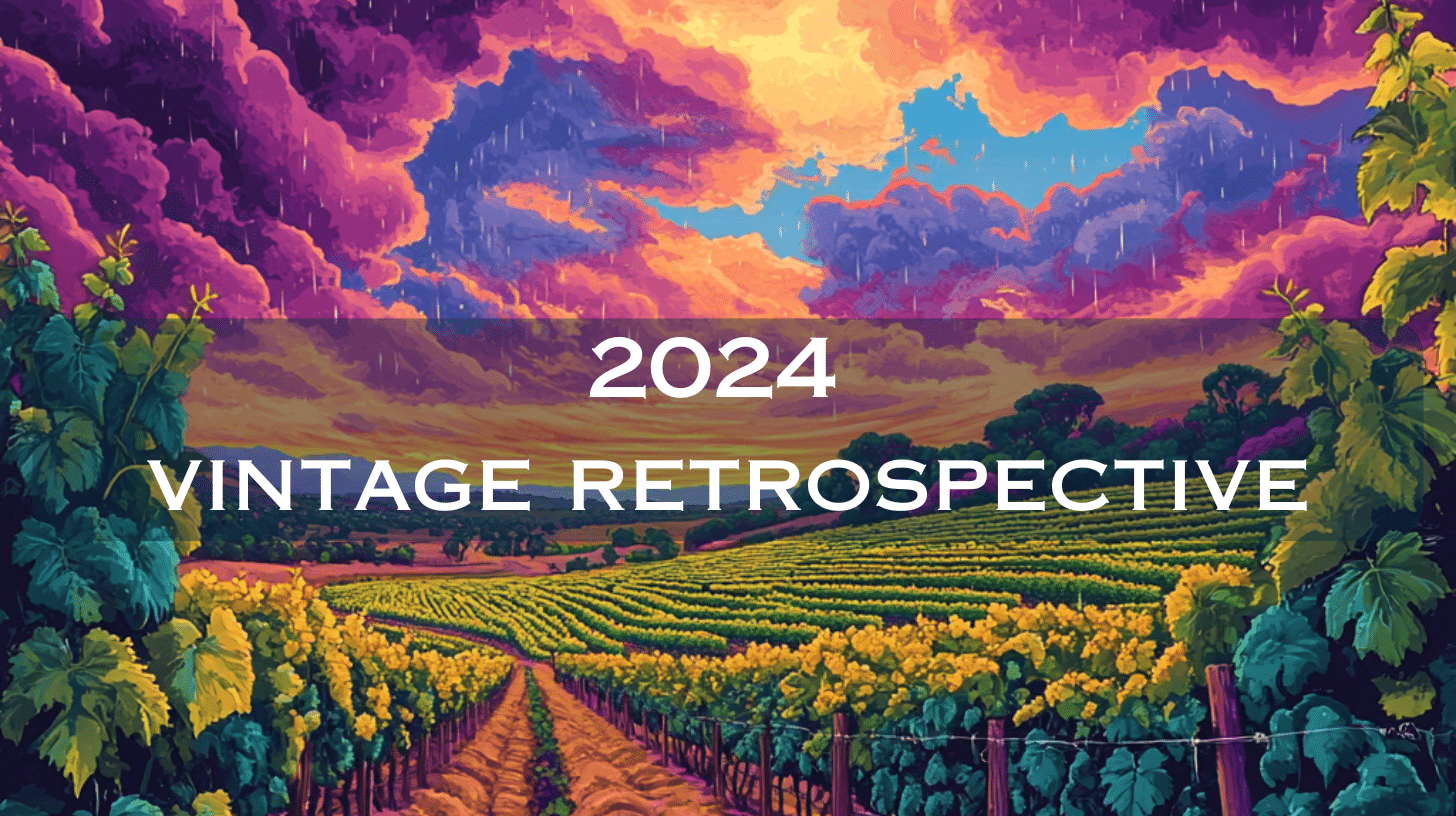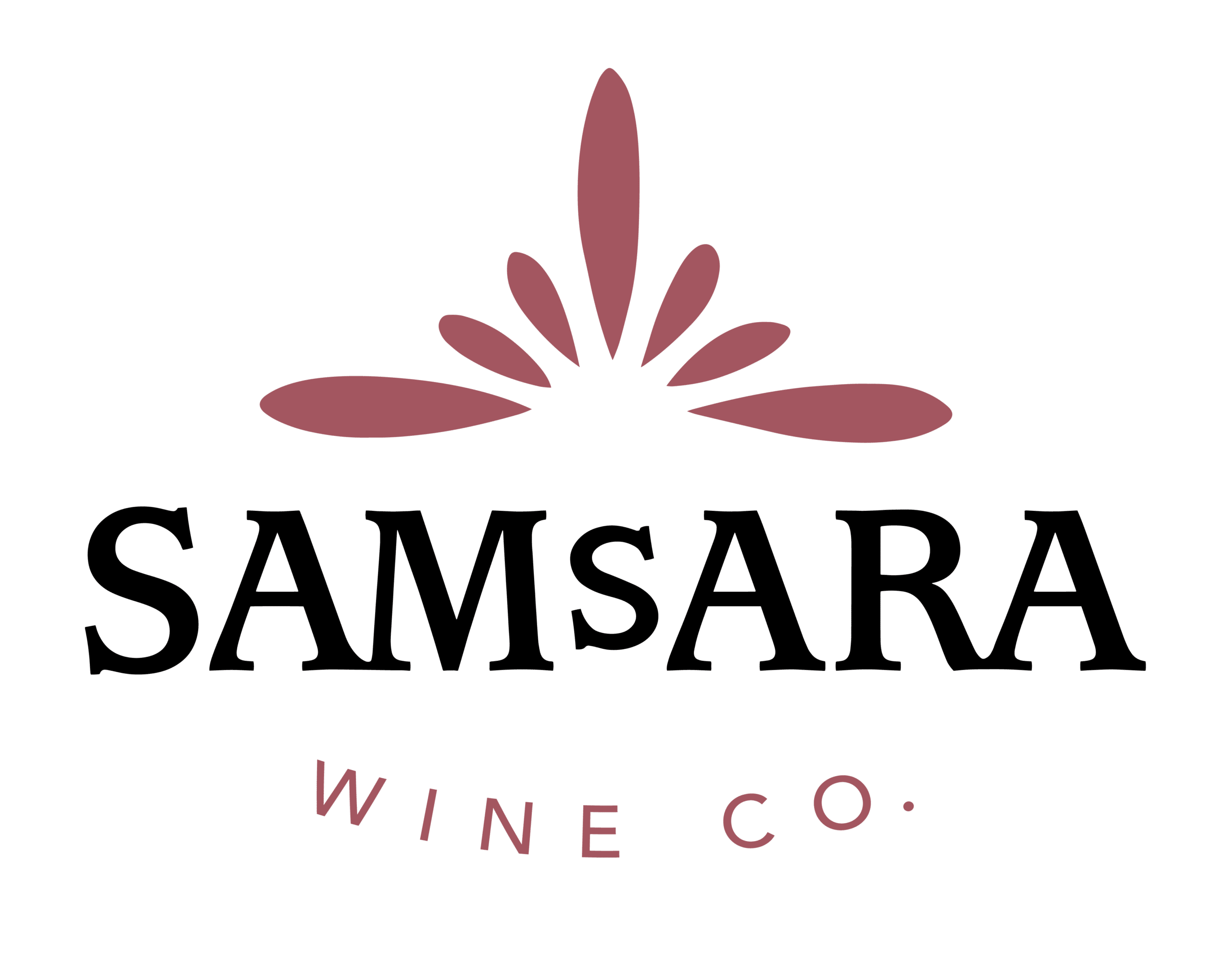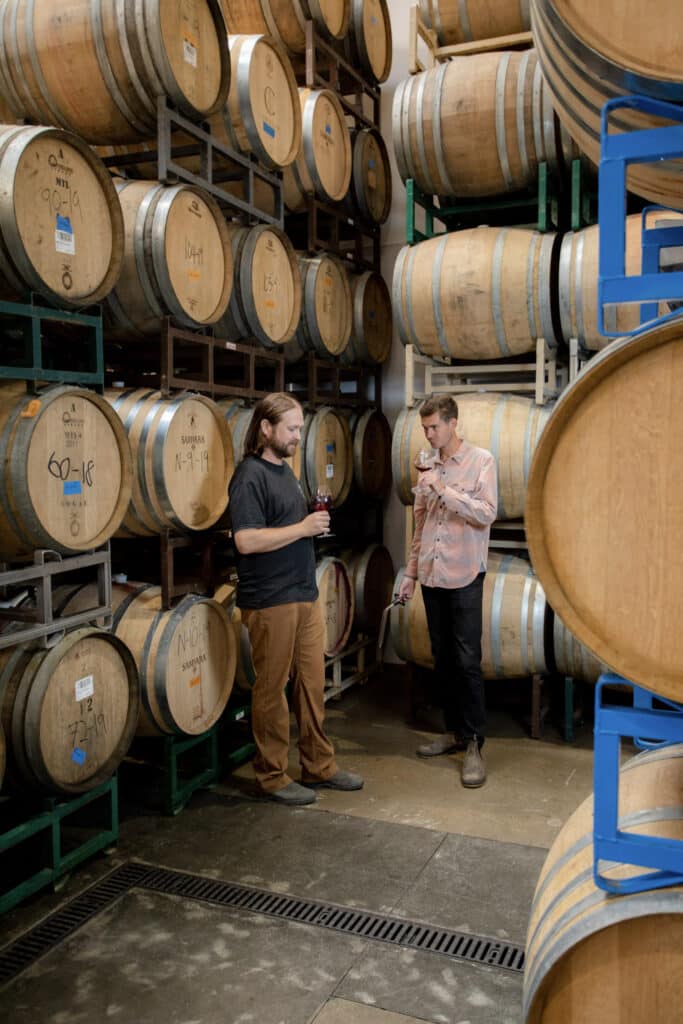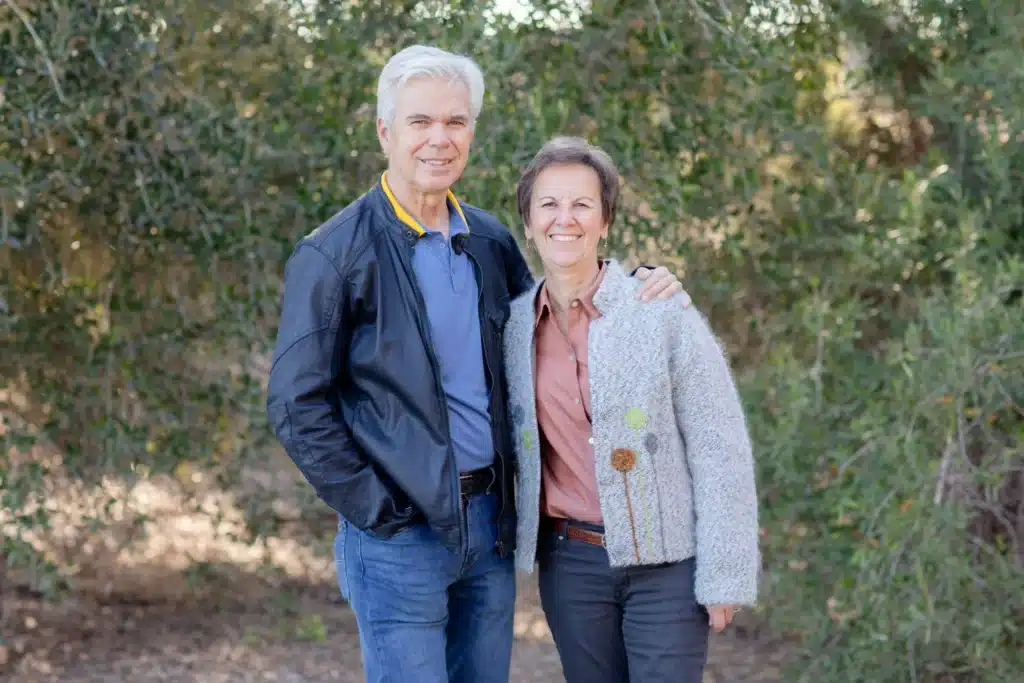No products in the cart.
The 2024 Vintage Growing Season – A Santa Barbara County Retrospective

Think back to 2024 . . . the Summer Olympics returned to Paris, the U.S. presidential election was on everyone’s minds, and Beyoncé went country. But what was happening in the vineyards of Santa Barbara County?
Miles Cotton and Matt Brady sat down to reflect on the 2024 growing season—a year of exceptional quality but historically low yields. Heavy rainfall early in the year replenished the soils, but a cold, damp spring led to a late bud break and poor fruit set, drastically reducing crop levels across many vineyards. Some blocks saw only 20% of their usual production, presenting both a challenge and an opportunity.
Despite the low yields, the fruit that did make it through was outstanding. A classic Labor Day heatwave came and went, but instead of accelerating ripening, the vines stalled—forcing unexpected adjustments in picking decisions. Still, the results were worth the wait. The Bentrock Chardonnay was among the best ever seen, and SAMsARA’s return to Kessler-Haak Vineyard yielded promising fruit under its newly organic-leaning practices.
While 2024 may have defied expectations, its wines are already showing remarkable concentration and depth. It’s a vintage that proves once again—no two years are ever the same in winemaking, and that’s what makes it so exciting.
INTERVIEW:
Miles Cotton: All right, let’s talk about 2024. Still fresh in your mind, right?
Matt Brady: Yeah, it’s probably the easiest one to talk about. 2024 was a great year in terms of quality, but yields were extremely low—maybe the lowest we’ve seen in 15 years. That’s both a blessing and a curse.
Miles Cotton: Great for winemakers, tough for farmers?
Matt Brady: Exactly. Lower yields generally mean more concentrated, complex wines, but in 2024, some vineyards were down to 20% of their usual crop. Some blocks produced less than one ton per acre, making it challenging from a business perspective.
Miles Cotton: Wasn’t it also a big precipitation year?
Matt Brady: Yep, by March, we had hit our annual rainfall. But that cold, damp spring also caused late bud break and poor fruit set, leading to drastically reduced yields.
Miles Cotton: How did the summer and harvest play out?
Matt Brady: We had a classic Labor Day heatwave, which should have accelerated ripening, but something strange happened—the vines just shut down. Normally, we’d expect sugar levels to jump, but they didn’t. That threw off a lot of our picking decisions.
Despite that, we ended up with excellent fruit quality. The Bentrock Chardonnay looked the best I’ve ever seen it. Also, 2024 marked our return to Kessler-Haak Vineyard, which was exciting. The vineyard is now using more organic-leaning practices, and the results were immediately visible in the quality of the fruit.
Miles Cotton: Any takeaways from the 2024 vintage?
Matt Brady: Every vintage teaches us something new. 2024 reminded us that each year is unique, and we can’t always rely on past trends to predict outcomes. The wines are already showing fantastic concentration, and we’ll see how they evolve in the coming months.
Miles Cotton: Sounds like another strong year.
Matt Brady: Definitely. Low yields, high quality—it’s shaping up to be a great one.




